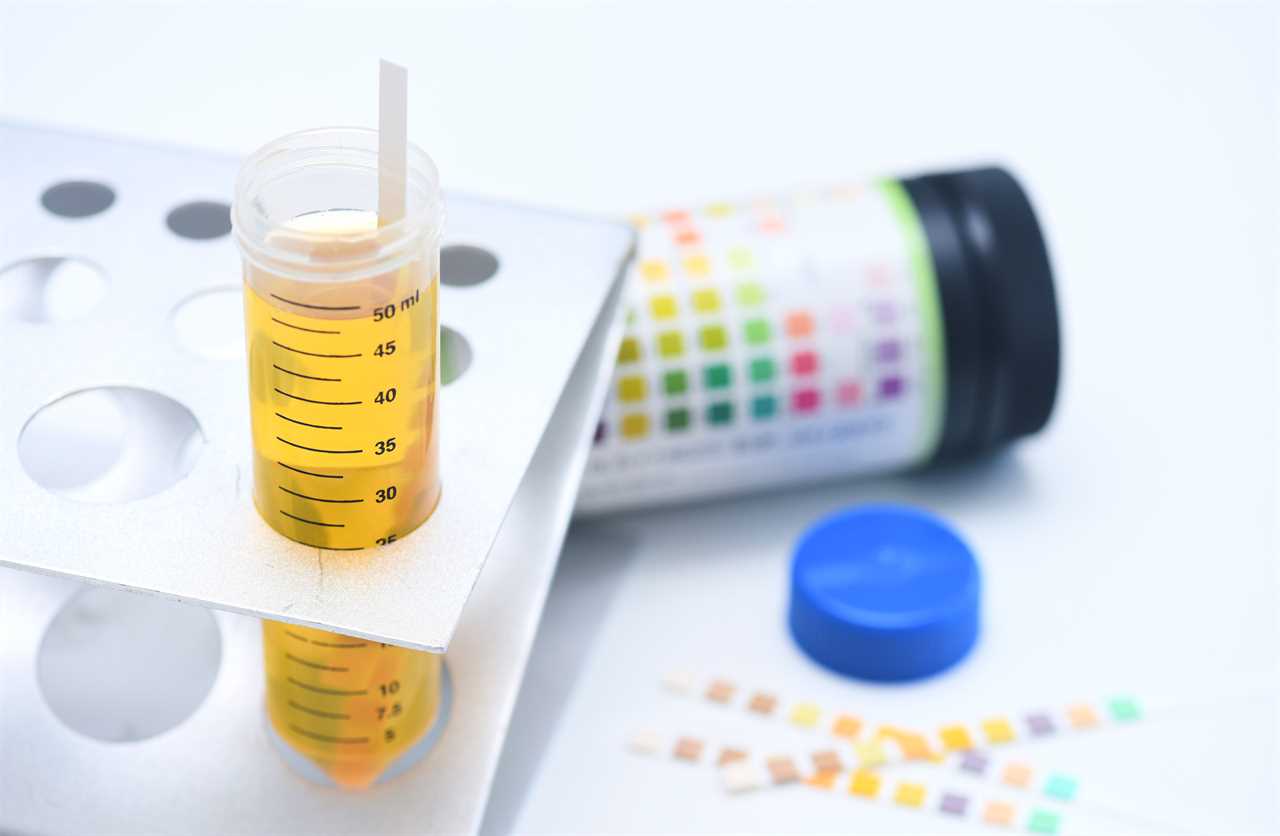
New Nanoparticle Sensor Allows Quick and Cheap Detection of Cancer
Researchers have developed a new nanoparticle sensor that could revolutionize cancer diagnosis. Similar to a pregnancy test, the sensor can be used with a simple urine sample to detect the presence of cancerous tumors. The sensors could even distinguish between different types of cancer and evaluate the effectiveness of treatment.
How It Works
The nanoparticles in the sensor are designed to search for tumors and emit detectable DNA sequences when they encounter one. These DNA "barcodes" can reveal important details about a patient's tumor. Initial tests in mice have shown promising results, and further clinical trials in humans are being planned.
Cost-Efficient and Accessible
The sensor was designed to be cost-efficient and easily accessible to patients. It can be performed on a strip of paper, similar to a pregnancy test or a lateral flow COVID-19 test. This innovation aims to make cancer diagnostics more widely available and affordable, particularly in low and middle-resource settings.
Synthetic Biomarkers
The development of the nanoparticle sensor builds on previous work in synthetic biomarkers for cancer diagnosis. Synthetic biomarkers amplify small-scale changes that occur within tumors and can be easily detected in urine samples. The sensor uses DNA barcodes read using the CRISPR technology, allowing for more affordable and convenient analysis.
Multiple Barcodes for Improved Accuracy
The researchers have designed the nanoparticles to carry multiple DNA barcodes, each detecting a different type of protease activity. This multiplexed sensing improves sensitivity and specificity, making it easier to distinguish between different types of tumors. In recent tests with mice, the sensor accurately distinguished lung tumors from those formed by colorectal cancer cells that had spread to the lungs.
Potential Applications and Future Development
Besides cancer detection, this technology can be used to monitor a patient's response to treatment and identify tumor recurrence. The researchers are now working on further developing the sensor for human testing, including the potential use of microfluidic chips that can read up to 46 different barcodes from a single sample.
Overall, this breakthrough in cancer diagnostics could bring significant advancements in early detection and personalized treatment. The ability to self-diagnose cancer with a simple urine test could have a transformative impact on healthcare worldwide.
Did you miss our previous article...
https://trendinginthenews.com/cancer/the-5-early-signs-of-skin-cancer-what-you-need-to-know






